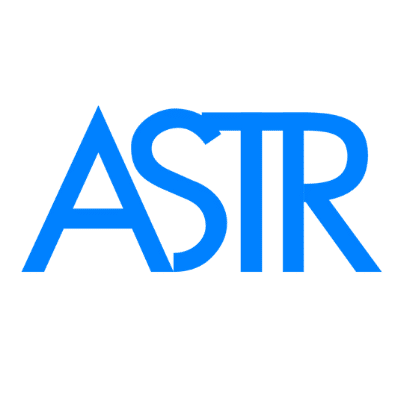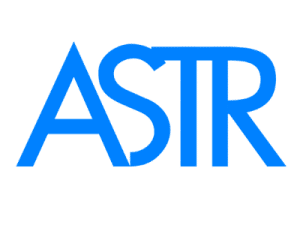Myofascial Release Therapy: What It Is and How It Works
Myofascial Release Therapy: What It Is and How It Works
Search terms: myofascial release therapy, fascia massage, benefits of myofascial release
Myofascial Release Therapy is a hands-on, targeted treatment designed to relieve pain, restore mobility, and break down restrictions in the fascia—the web-like connective tissue that surrounds muscles, organs, and joints throughout the body. While it may feel like a deep tissue massage, myofascial release goes much deeper, addressing the root causes of pain that are often overlooked by conventional treatments.
What Is Fascia—and Why Does It Matter?
Fascia is a three-dimensional, collagen-rich tissue that encases and connects every muscle, organ, nerve, and blood vessel. In a healthy state, fascia is flexible and hydrated, allowing smooth movement and communication between tissues. However, injury, inflammation, repetitive stress, poor posture, or surgery can cause fascia to become tight, sticky, or scarred—leading to what’s commonly called fascial restriction.
These restrictions are a key contributor to:
-
Chronic pain and stiffness
-
Decreased flexibility and mobility
-
Nerve compression
-
Trigger point formation
-
Postural imbalance
What Is Myofascial Release Therapy?
Myofascial Release Therapy (MFR) is a specialized technique that targets these fascial restrictions using sustained, gentle pressure over time. The goal is to restore normal fascia movement and release tension that compresses muscles and nerves.
Unlike traditional massage that works on muscle fibers, MFR works on the fascial layers و interstitial fluid that are often the source of chronic pain.
How it works:
-
A practitioner applies low-load, long-duration manual pressure to the affected area.
-
The fascia slowly elongates and becomes more pliable.
-
Blood flow increases and inflammation reduces.
-
Pain diminishes and movement improves.
Sessions are typically slow and purposeful, as the therapist waits for the fascia to respond and release.
Benefits of Myofascial Release Therapy
Scientific and clinical studies support a range of benefits from MFR when performed correctly and consistently. These include:
-
Reduced chronic pain (especially neck, shoulder, and lower back)
-
Decreased muscle tightness and trigger points
-
Improved posture and spinal alignment
-
Enhanced circulation and lymphatic flow
-
Faster recovery from injuries or surgery
-
Lowered anxiety and improved nervous system regulation
In a systematic review, Myofascial Release was shown to significantly reduce pain and improve function in people with musculoskeletal disorders, including fibromyalgia and myofascial pain syndrome (Ajimsha et al., 2015).
Tools That Enhance Myofascial Release at Home
In addition to hands-on therapy, specially designed instruments can help break up fascial adhesions more effectively. One of the most respected options includes the ASTR® Myofascial Release أدوات, created to safely treat chronic muscle tension, scar tissue, and fascial restrictions.
These tools:
-
Increase precision and depth of treatment
-
Reduce therapist fatigue
-
Accelerate healing through improved circulation
-
Can be used clinically or at home under guidance
Explore ASTR’s full tool selection here:
👉 Shop ASTR Myofascial Release Tools
Who Should Consider Myofascial Release?
You may benefit from MFR therapy if you experience:
-
Persistent neck, back, or shoulder pain
-
Pain that hasn’t responded to traditional physical therapy
-
Tightness after surgery or injury
-
Poor posture or frequent muscle stiffness
-
Repetitive stress injuries
-
TMJ dysfunction, plantar fasciitis, or sciatica
Myofascial Release is gentle enough for most people and can be tailored for athletes, chronic pain sufferers, or post-surgical recovery.
Final Thoughts
Myofascial Release Therapy is more than just massage—it’s a scientifically supported method of healing the connective tissue system that plays a vital role in pain, movement, and overall health. If you’ve tried stretching or massage without long-term relief, MFR may be the missing link in your recovery.
Combining myofascial therapy with posture correction, inflammation reduction, and stress management can create lasting relief and restore your body’s natural movement and balance.
مراجع
-
Ajimsha, M. S., Al-Mudahka, N. R., & Al-Madzhar, J. A. (2015). Effectiveness of myofascial release: Systematic review of randomized controlled trials. مجلة علاجات الجسم والحركة, 19(1), 102–112.
-
Schleip, R., Findley, T. W., Chaitow, L., & Huijing, P. A. (2012). Fascia: The Tensional Network of the Human Body. Churchill Livingstone.
-
Barnes, J. F. (1997). Myofascial release: The missing link in traditional therapy. Massage Today.

